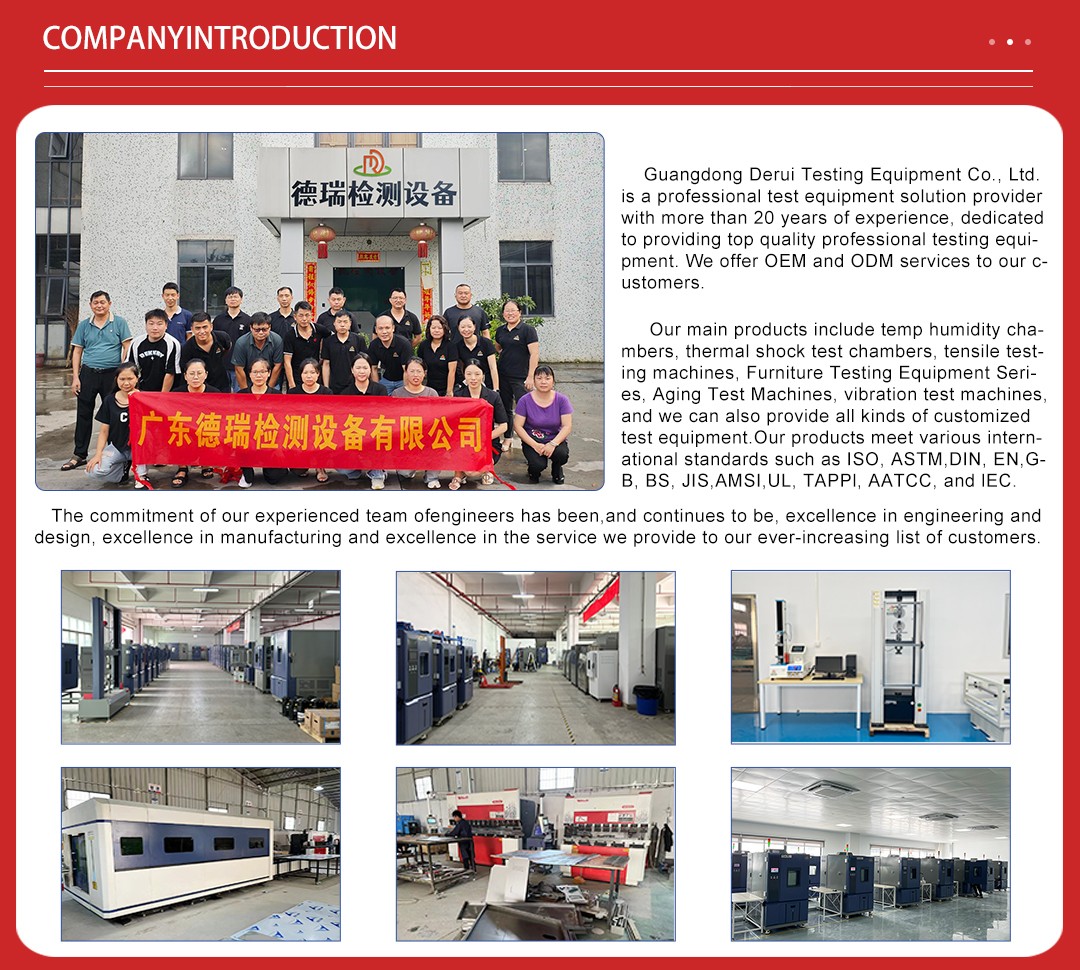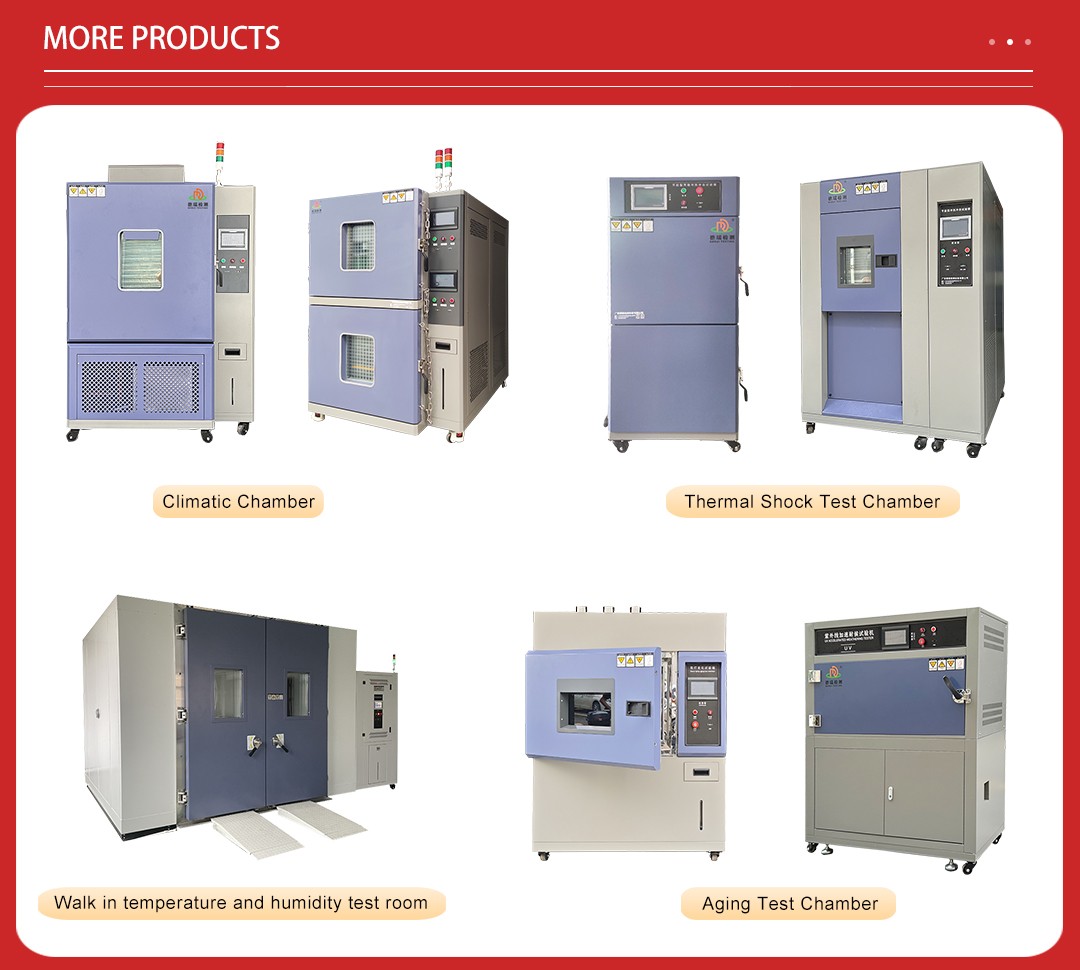
In the highly demanding automotive sector, UV accelerated aging test chambers find extensive use. They are crucial for evaluating the durability and performance of a myriad of automotive components. E ...

In the highly demanding automotive sector, UV accelerated aging test chambers find extensive use. They are crucial for evaluating the durability and performance of a myriad of automotive components. Exterior parts such as car body paints, plastic bumpers, windshield wipers, and side mirror housings are constantly exposed to sunlight during the vehicle's service life. By subjecting these components to accelerated UV aging tests, manufacturers can predict how they will weather over time. Interior materials like dashboard plastics, upholstery fabrics, and control knob rubbers also face the challenge of UV-induced degradation due to sunlight penetration through the windshield. Testing these materials helps ensure that the interior aesthetics and functionality remain intact, preventing issues like fading, cracking, and embrittlement.

1. Quality Assurance: The primary function is to provide a reliable means of quality control. By simulating years of sunlight exposure in a matter of weeks or months, manufacturers can identify potential weaknesses in materials and components before they reach the market. This preemptive approach significantly reduces the risk of costly recalls and customer complaints related to premature aging.
3. Compliance Verification: Many automotive industry standards and regulations mandate certain levels of durability and UV resistance. The test chambers help manufacturers verify that their products meet these requirements, ensuring legal compliance and facilitating market access.

Precise UV Radiation Control
1. The test chamber is equipped with high-quality ultraviolet lamps that can emit UV light with specific wavelengths, closely mimicking the solar UV spectrum. It offers adjustable radiation intensities, typically ranging from a few watts per square meter to over a hundred watts per square meter, allowing for customization based on the specific requirements of different automotive materials. For instance, for highly pigmented and UV-stabilized car paints, a relatively high intensity might be applied to observe any potential color changes over anaccelerated time period.
2. The wavelength selection is crucial, covering both UVA (315 - 400nm) and UVB (280 - 315nm) regions. UVA is responsible for the long-term, slow degradation of materials, while UVB can induce more rapid and severe changes in some cases. The ability to control and vary the wavelength exposure helps in accurately replicating different environmental scenarios.
Advanced Temperature and Humidity Regulation
1. To create a comprehensive aging environment, the chamber incorporates state-of-the-art heating and cooling systems along with humidifiers and dehumidifiers. The temperature range can be adjusted from sub-zero levels (e.g., -20°C) suitable for simulating cold winter conditions to over 80°C for hot summer scenarios. The humidity control is equally precise, spanning from extremely dry conditions (around 10% relative humidity) to highly humid ones (up to 98% relative humidity). This flexibility enables the testing of automotive components under a vast array of climatic conditions.
2. The temperature and humidity control systems work in harmony to maintain a stable and uniform environment throughout the test chamber. This is essential to ensure that all samples experience the same conditions, yielding reliable and reproducible results. For example, in testing leather upholstery, a consistent temperature and humidity environment helps in accurately assessing its susceptibility to cracking and discoloration.
Structure Features
1. The chamber has a sturdy construction. The outer shell is usually made of corrosion-resistant materials like stainless steel or heavy-duty coated steel, providing durability and protection. Inside, there's a flexible sample mounting system that can handle various sample shapes and sizes, from small parts to large panels. Some chambers also have rotating sample racks to ensure uniform exposure, and the exposure time and cycle settings can be easily programmed.
Robust Construction and Safety Features
1. The outer shell of the test chamber is typically made of corrosion-resistant materials such as stainless steel or heavy-duty coated steel. This not only provides durability in a laboratory environment but also protects against any potential chemical spills or corrosive agents that may be present. The construction is designed to withstand the rigors of continuous operation and frequent sample loading and unloading.
2. Safety is of utmost importance. The chamber is equipped with multiple safety mechanisms. UV shielding is incorporated into the design to prevent any accidental leakage of UV radiation when the door is opened or during operation. Electrical safety features include grounding, overload protection, and short-circuit protection to safeguard against electrical hazards. There are also alarms and emergency stop buttons to alert operators in case of abnormal conditions such as overheating or excessive pressure.

1. The surface of the specimen from the lights from the nearest parallel to the surface: about 50mm
2. Wavelength range: UV-A wavelength range of 315 ~ 400nm
3. Within the radiation intensity 1W/m2/340nm
4. Temperature Resolution: 0.1 ℃
5. Light Temperature range: 50 ℃~ 70 ℃/ temperature tolerance of ± 3 ℃
6. Condensing temperature range: 40 ℃~ 60 ℃/ temperature tolerance of ± 3 ℃
7. Blackboard thermometer measuring range: 30 ~ 80 ℃/ tolerance of ± 1 ℃
8. Temperature control: PID self-tuning temperature control mode
9. Humidity range: about 45% ~ 70% R.H
10. Sink requirements: water depth less than 50mm, and a water supply automatic controller
11. Standard Specimen size: 75 × 150mm 48pcs
12. Recommended instrument environment: 5 ~ 35 ℃, 40% ~ 85% R • H, 300mm from the wall
13. Voltage: 220V ± 5%, single-phase three-wire, 50Hz, 10A, 15A GFCI requirements

Testing Methods
1. Exposure Cycles: Follow industry standards like SAE J2020 and ISO 16474, programming the chamber for alternating UV irradiation and dark periods. For example, an 8-hour UV exposure at set intensity and temperature, followed by 4-hour darkness at a reduced temperature, mimics day-night cycle.
2. Sample Handling: Cut or mold samples to size, mount them properly in the chamber to avoid shading or interference, especially for multi-layered materials.
3.Monitoring: Continuously monitor UV intensity, temperature and humidity with sensors, logging data at intervals for analysis.
Testing Requirements
1. Sample Size & Quantity: Depends on test goal. For material comparisons, at least three replicates per material, with sample size representative of actual vehicle components.
2. Test Duration: Based on component's expected service life and chamber's acceleration factor. Adjust for test severity and material sensitivity.
3. Evaluation Criteria: Set clear standards before test. For exterior paints, measure color change, gloss retention, cracking or peeling. For interior plastics, assess embrittlement, flexibility loss and discoloration.
In conclusion, the UV accelerated aging test chamber for the automotive industry is a sophisticated and indispensable tool. Its ability to accurately simulate the harsh UV and climatic conditions that automotive components face, combined with its comprehensive testing capabilities and strict adherence to standards, ensures that only high-quality and durable materials make their way into modern vehicles.


Not search wanted products